incl. VAT plus shipping costs
Immediate delivery, express possible ![]()
Only 12 itemleft in stock
- Item no: 1124
Fast delivery times
All products are in stock with us!14 years of breeding experience
Let our team of experts advise you!High customer satisfaction
from over 3,000 reviews "The Spiky Tower Cap Snail (Tarebia lineata) from Southeast Asia is notable for its yellow to olive-brown, thinly spiraled dark striped shell. The name "spiky" comes from the elongated nubs on each handle, which can look a bit like short spines depending on how they are formed. The shell can reach a height of up to 2.5 cm. The Spiky Tower Snail has a whitish to reddish pigmented foot, which has earned it the international name Red Foot Snail. It has only been in the hobby for a few years, but has become well established.
Like the other snails in the genus Tarebia, the Spiky Turmdeckel Snail is actually separately sexed. In the aquarium hobby, however, there are virtually only females that reproduce by juvenile production, cloning themselves, so to speak. Every few days, the female of the live-bearing Spiky TDS gives birth to a live, tiny juvenile that has developed from an egg in its internal brood pouch. The Spiky Turmdeckelschnecke is exceptionally easy to breed, although it does not reproduce quite as much as its relative, the Genoppte Turmdeckelschnecke or Nöppi.
Tarebia lineata does not need to be fed extra, the Spiky Mud Snail takes care of all the leftovers that accumulate in the aquarium: uneaten food, algae deposits and biofilms, dead plant leaves, dead fellow inhabitants, ... The Spiky Mud Snail does not touch living, vital plants
The Spiky Mud Snail lives mainly digging in the substrate. It keeps the substrate loose, supplies the plant roots with important nutrients and oxygen-rich water, prevents rotting and thus stabilizes the biology in the aquarium. It is particularly recommended for use in aquariums with fine substrate, which tends to harden without treatment and then inhibits plant growth. At the same time, the Spiky Trumpet Snail keeps the aquarium clean, because it takes care of food remains and co. During the day it lives mainly in the substrate and is therefore rarely seen. Even a large population density is not noticeable. The Spiky TDS appears mainly at night and then goes on the migration upwards to the water surface.
If during the day the Spiky Tower Ceiling Snails move more or less closed upwards, this indicates a problem with the nitrite level or a lack of oxygen . In this case, a large water change is not wrong. This characteristic makes the Spiky TDS even more useful in the aquarium.
Their way of life makes the socialization of the very peaceful and well tolerated Spiky Turmdeckelschnecke with most aquarium inhabitants possible. Only with pronounced snail eaters such as some crabs, loaches or predatory snails should they not be kept together.
Our food recommendation: With the Natureholic Snail Feed Power Paste you create a feeding lawn that is very well accepted by all aufwuchs feeding snails. Also delicate wild-caught snails like racing snails or staghorn snails, which are stressed after transport and do not go to conventional food, can be fed up well with it.
Our plant recommendation: Use for planting NatureHolic InVitros. These are free of snails, planarians and other unwanted co-inhabitants. Also free of algae spores, bacteria and fungi.
Expert Tip: We recommend for fish keeping the NatureHolic 3 Phase Liquid. The care set offers the best all-round protection for your animals. It ensures optimal conditions for successful breeding and keeping.
Actively prevent outbreaks: With the invisible Natureholic Snail Barrier you prevent the escape and loss of your snails from the aquarium.
| Scientific name: | Tarebia lineata J.E. Gray in W. Wood, 1828 |
| German Name: | Spiky tower cover snail, spiky TDS, striped tower cover snail |
| Difficulty level: | suitable for beginners |
| Origin/Distribution: | Southeast Asia |
| Coloration: | Shell yellowish to olive brown with thin black spiral stripe and beautiful spine-like sculpturing along suture, body light to reddish |
| Age expectancy: | unknown |
| Water parameters: | pH to 8.5, KH to 3 and above, GH to 22, temperature 18 to 33 °C |
| Tank size: | from 10 l |
| Food: | Natureholic snail feed, food scraps, algae deposits, plant debris, Mineral Cubes, Natureholic Algaeplates, brown autumn leaves, green food, vegetables |
| Reproduction: | possible in freshwater, live juveniles are released, reproduction by juvenile production (parthenogenesis), decent reproduction rate with plenty of food |
| Behavior: | peaceful, very robust |
| Socialization: | with fish, crayfish, fan shrimp, dwarf shrimp, peaceful snails, mussels |
| Further information | Remove racing snail eggs in the aquarium, NatureHolic Booster - liquid food for shrimp, snails and mussels, Autumn leaves in the aquarium - treats for shrimp & co |
- Item no: 1124
- EAN No.: 7427061479676
Entdecke die Garnelio Welt!
Garnelio gehört zu den größten Onlineshops für wirbellose Aquarientiere weltweit.
Viele Artikel gibt es exklusiv nur bei uns im Shop.

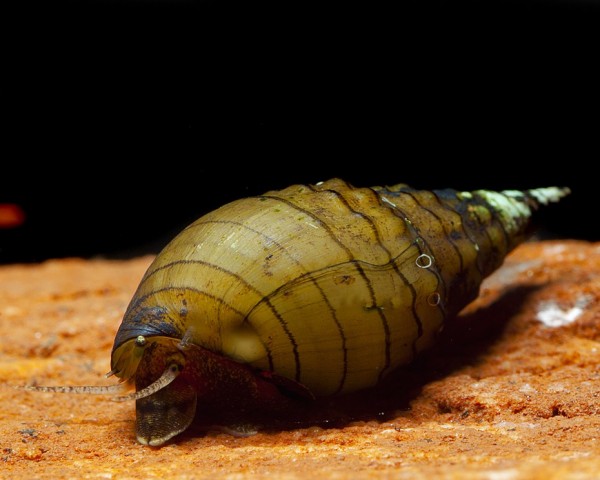
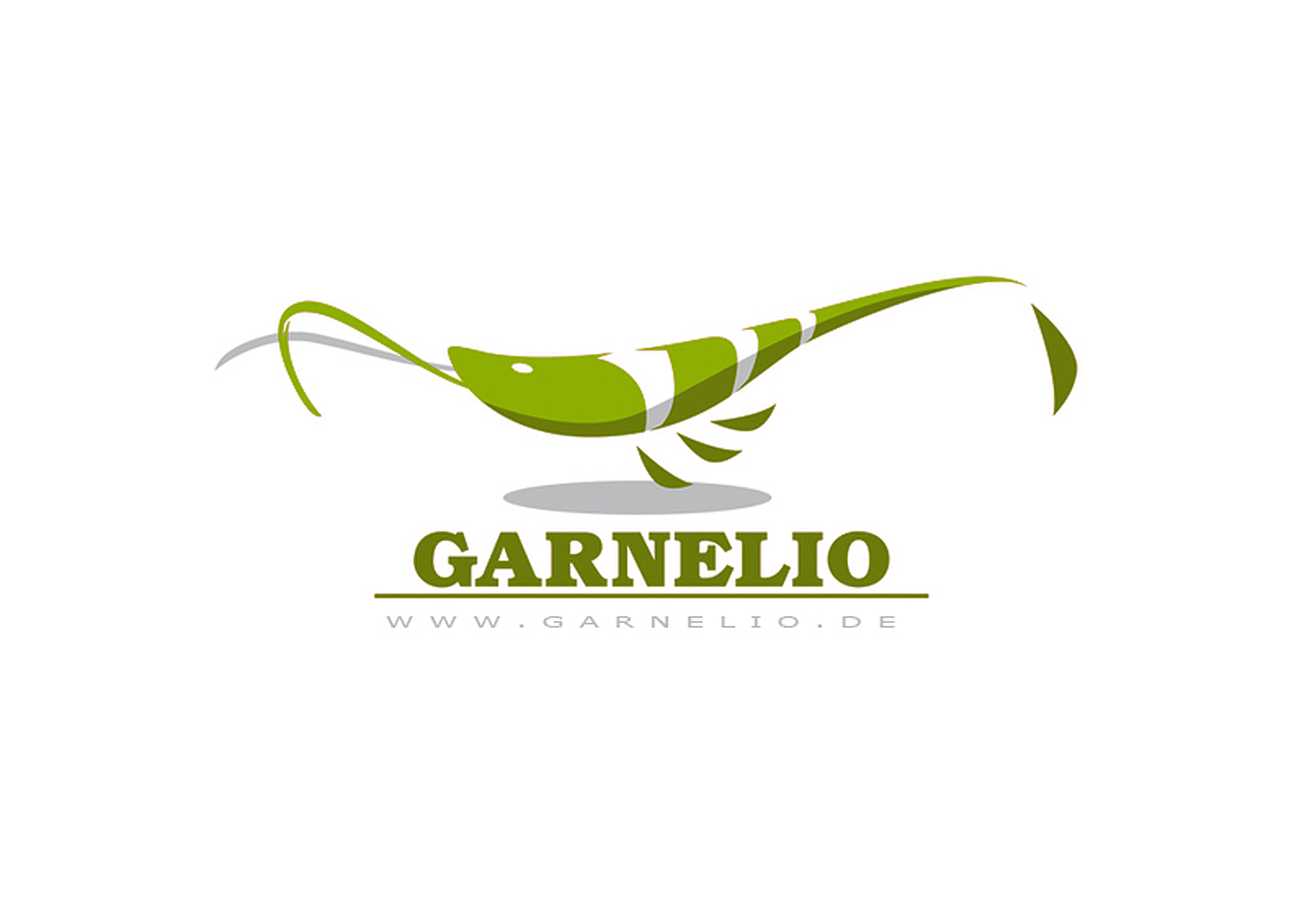

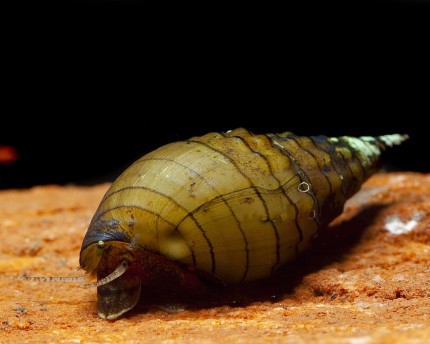
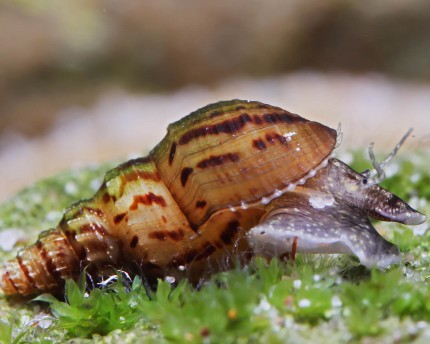
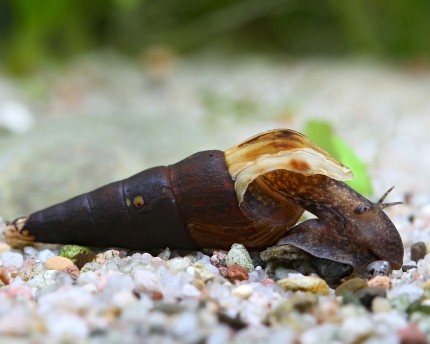
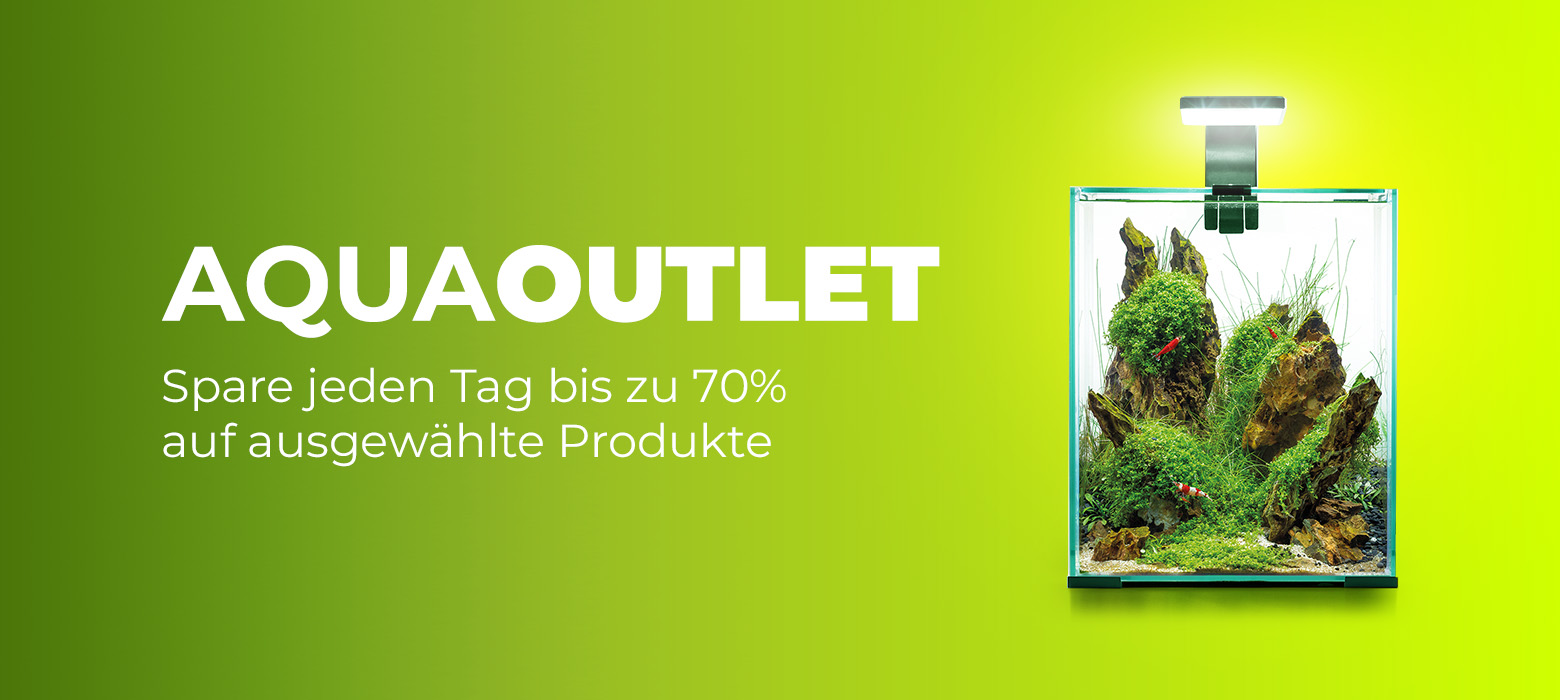
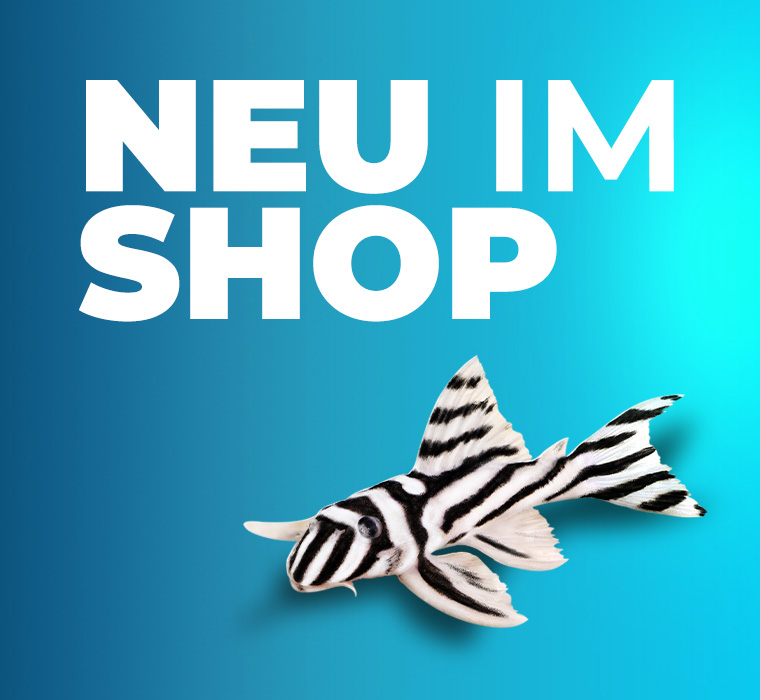
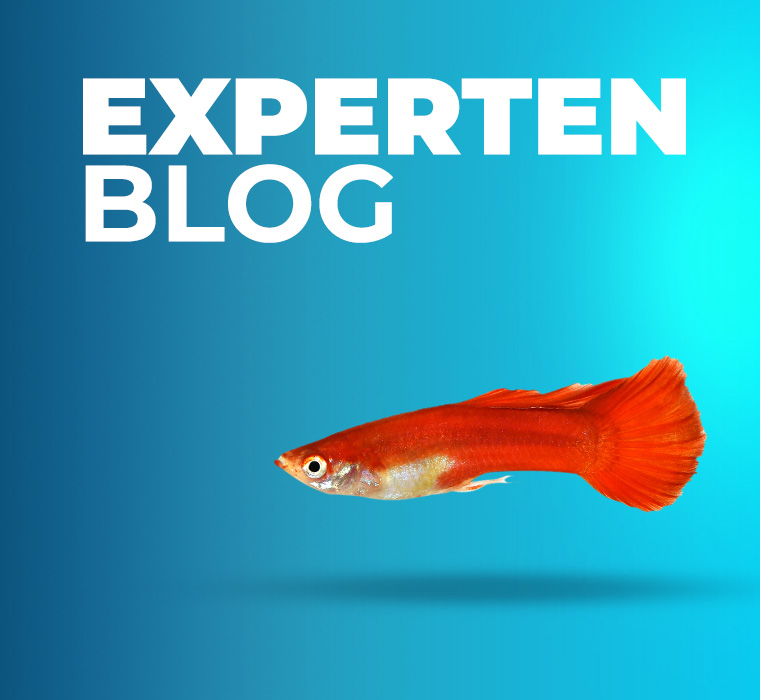

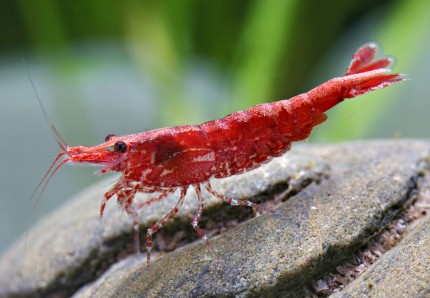
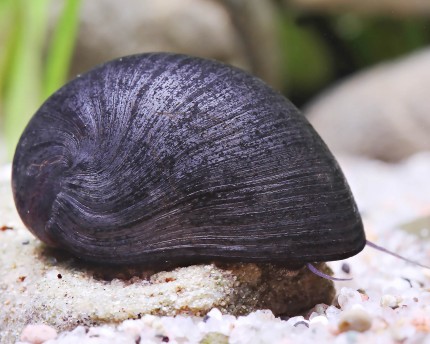
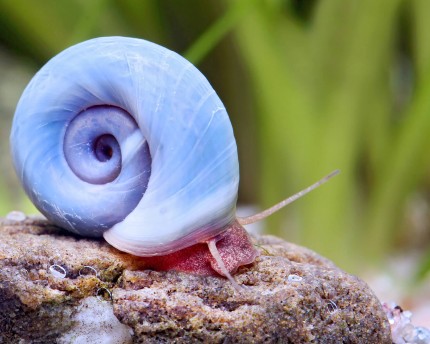
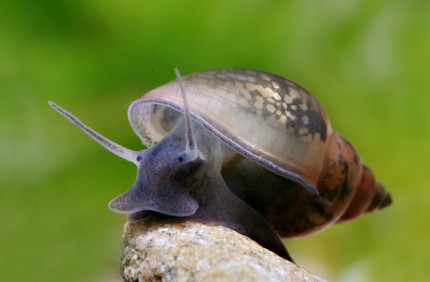
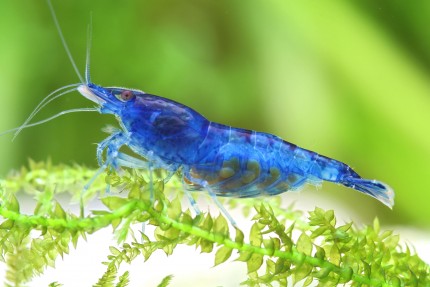
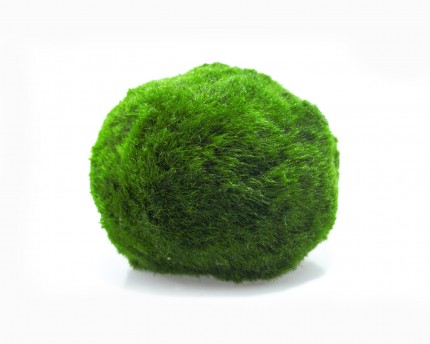
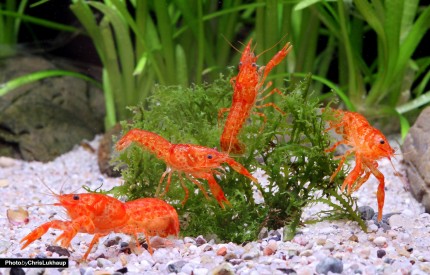
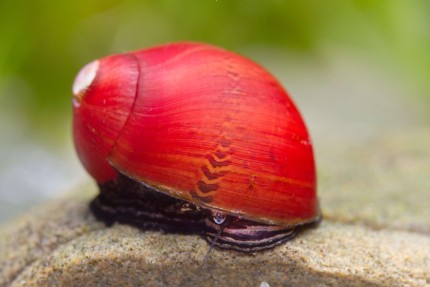
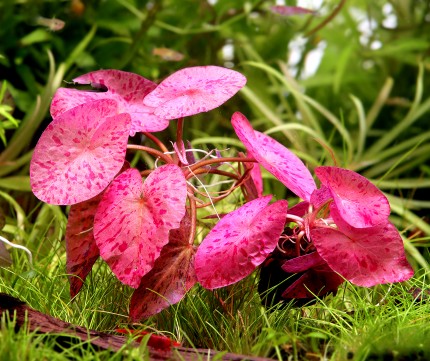
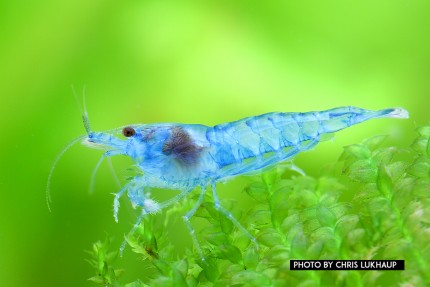
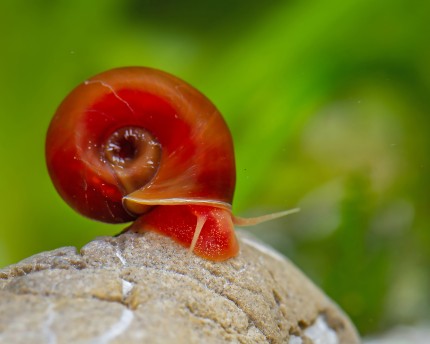
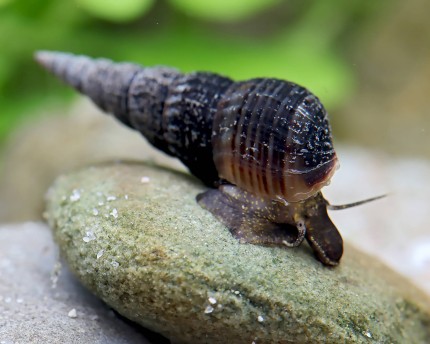
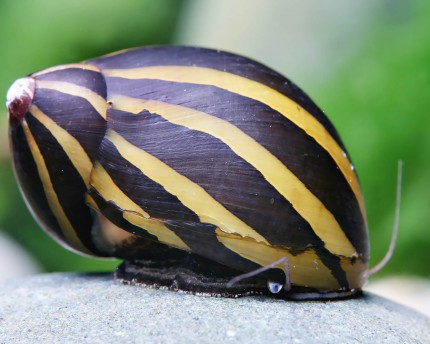
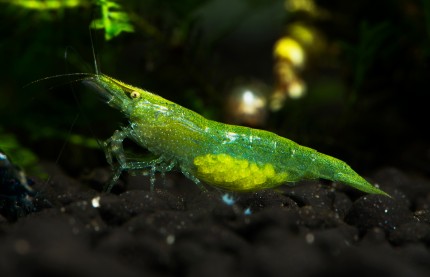
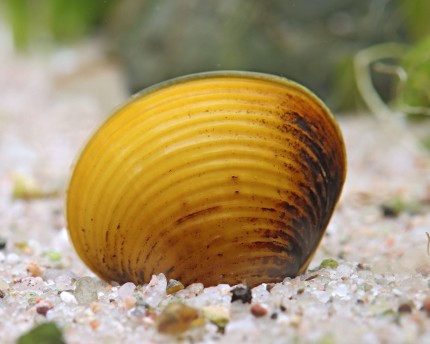
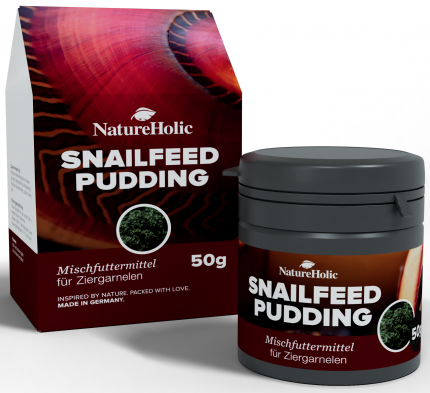
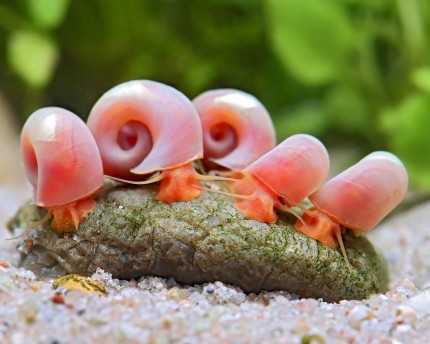
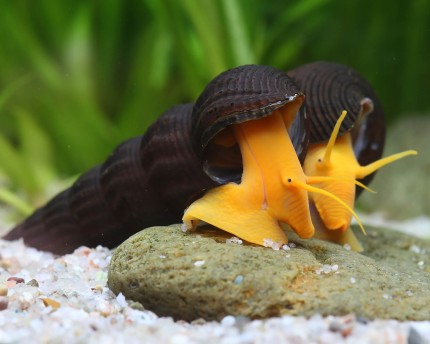
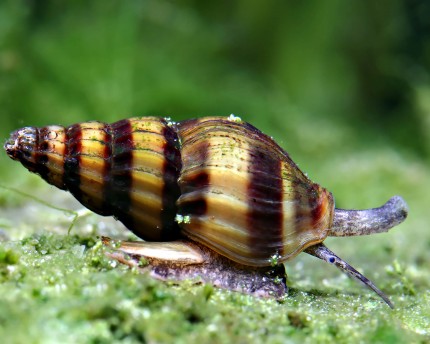
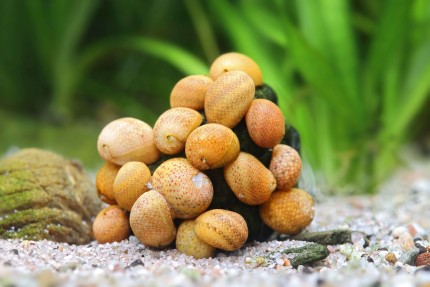
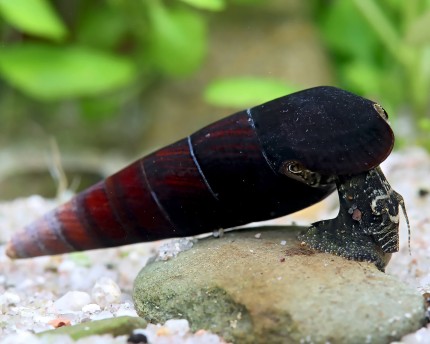
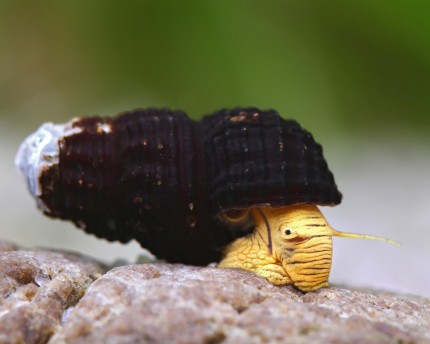
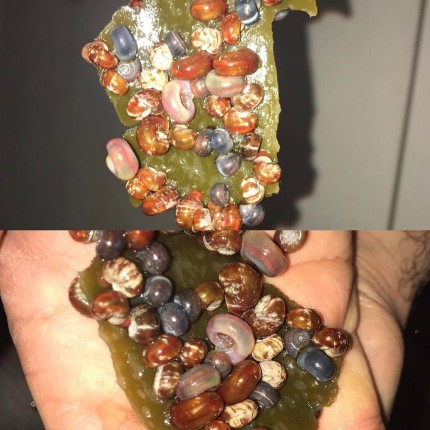
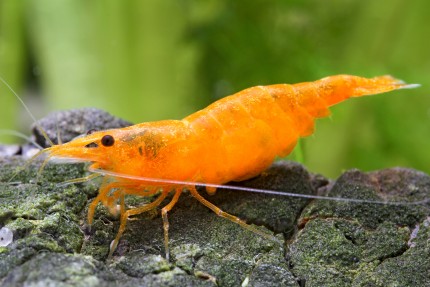
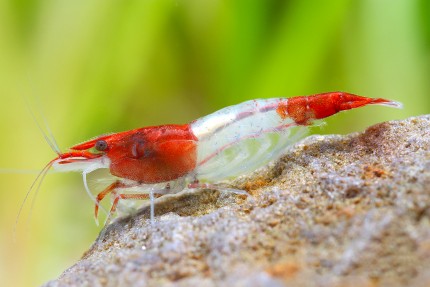
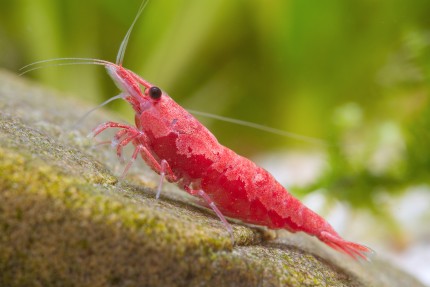
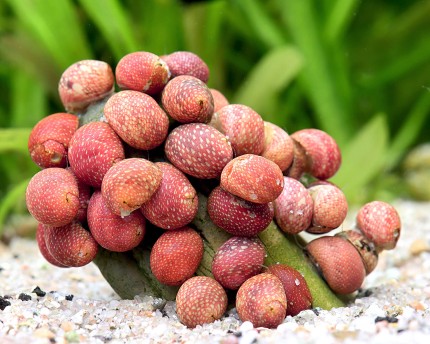
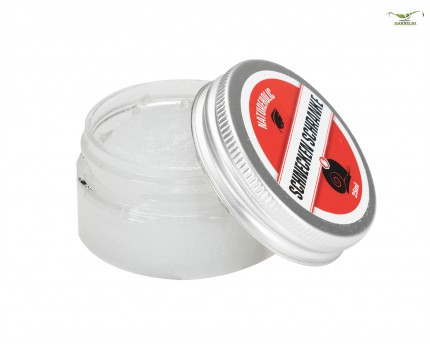
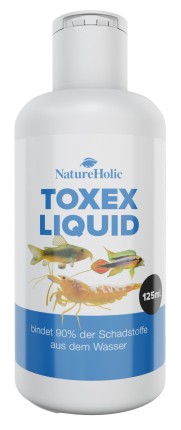
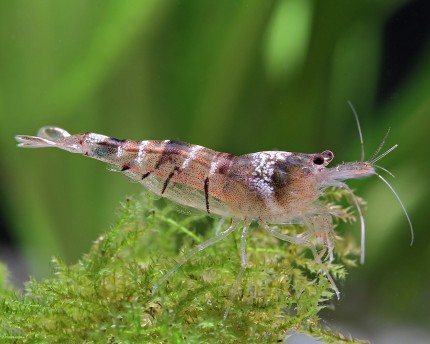
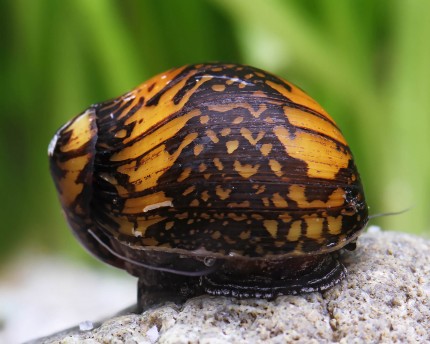
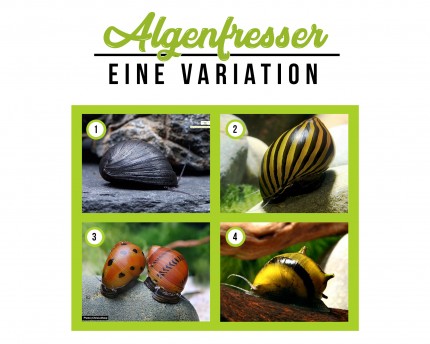
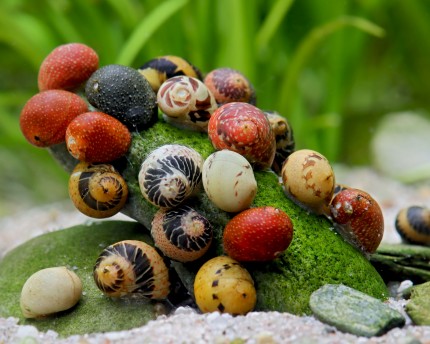
The fields marked with * are required.
I have taken note of the privacy policy.